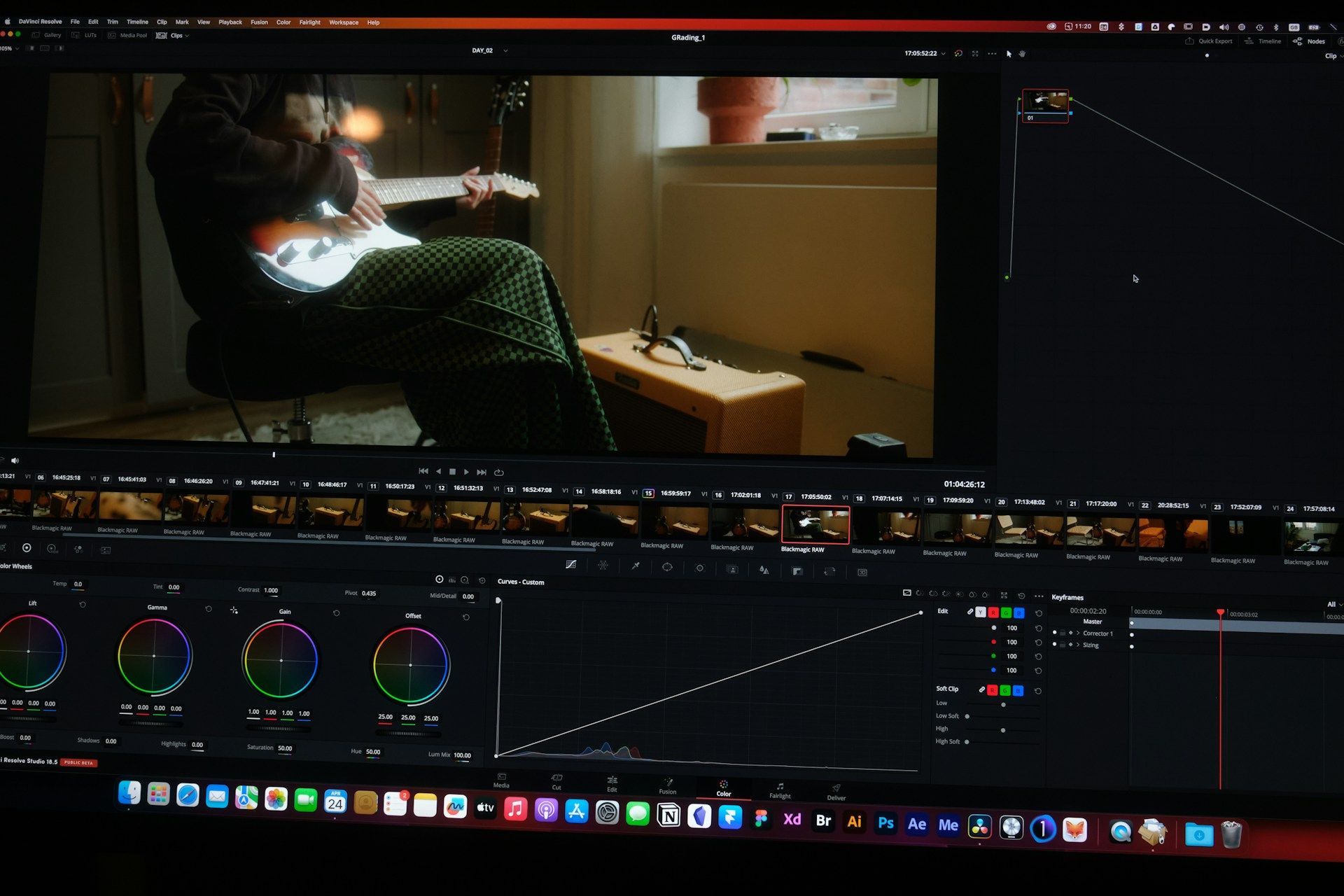Making Your Website Mobile-Ready
More people than ever are using their phones to search, shop, and scroll. If your website looks great on a desktop but turns clunky on a phone, you're probably losing visitors fast. A mobile-ready website isn't just about appearance. It's also about function, speed, and easy navigation. When someone lands on your site from their phone, you only have seconds to keep them there. If it's difficult to read or slow to load, they're out and likely gone for good.
Getting your site ready for mobile doesn't mean starting from scratch. It means making smart adjustments. Whether you're offering services, selling products, or just trying to get your message out, your site has to keep up. A good mobile experience builds trust, keeps people on your site longer, and makes it easier for them to take the next step like clicking that contact button or checking out your store.
Understanding Mobile-Readiness
So what does it really mean to have a mobile-ready website? It means your site is designed and built to work smoothly on smaller screens like smartphones and tablets. Every part of your site, from text and images to menus and buttons, should adjust automatically to fit different screen sizes while staying easy to use. This is called responsive web design, and it's one of the most important blocks for building a mobile-friendly experience.
But it’s not just about resizing content. A mobile-optimized site also loads fast and works well over mobile data, which is usually slower than Wi-Fi. That means trimming down big images, skipping heavy features that lag on older devices, and making sure buttons are large enough to tap without zooming.
There are a few core features that help a site feel polished and user-friendly on mobile:
1. Responsive design that adjusts layout for any screen
2. Fast load times, even on slower mobile connections
3. Clear fonts and readable text without zooming
4. Clickable buttons and links that are easy to tap
5. Simple menus and clear paths to important info
6. Layouts that guide users through content naturally
Think about how you use your own phone. If you’ve ever had to pinch and zoom just to read a headline or fumble to tap a tiny menu item, you know how frustrating poorly designed sites can be. Your visitors feel the same. Making your website mobile-ready is really about giving them a better experience right from the start.
Best Practices for Mobile-Ready Websites
Once you know what a mobile-ready website looks like, the next step is putting those ideas into action. Thankfully, there are clear steps you can take to make your site easier on smaller screens.
Start with responsive design. Your website should automatically shift and reshape based on the size of the device it’s viewed on. Whether someone is browsing from a smartphone, tablet, or a tiny laptop, the content should regroup itself to stay readable and easy to interact with.
Next, think about speed. Mobile users are often on weaker data connections, and even a couple of extra seconds of load time can send them away. Compress your images, skip auto-play videos, and limit complex features that might slow down performance.
Navigation is another area to review. Tiny dropdown menus or cluttered layouts just don’t work well on a touchscreen. Aim for cleaner menus, bigger buttons, and enough spacing so everything looks and feels breathable. Design with fingers in mind, not just mouse clicks. Imagine someone trying to tap your menu with one thumb while holding a coffee in the other hand. If they have to zoom or try more than once, it's time to rethink the layout.
Following these steps doesn’t just improve how your site looks. It helps people trust your brand because it shows you care about their experience. A mobile user who can move through your site easily is more likely to stay, click around, and take action.
Tools and Resources for Building Mobile-Ready Websites
Getting your website mobile-ready might sound like a big task, but there are a lot of great tools that can help. Website builders built with mobile in mind can save you time and take out some of the guesswork. These platforms usually include templates that are already optimized to work well on different screen sizes.
When choosing a website builder, look for ones that focus on clean design for mobile traffic. Some offer drag-and-drop tools and templates crafted specifically for small screens. These make it easier for anyone, even without a technical background, to create something that looks good and works well for mobile users.
Other helpful tools include:
1. Image optimization tools to reduce photo sizes and speed up load time
2. Speed testing platforms that show how fast your site loads on mobile
3. Usability testing tools that let people test and review your layout
4. Analytics tools to spot loading issues and user drop-off points
These don’t just help at the start of the project. They're useful long term to keep everything running efficiently. Whether you want to build something from scratch or improve your current site, these resources give you a solid path forward.
Preparing for the Future of Mobile Web
Mobile design doesn’t stand still. As technology continues to grow, the way people expect to use their phones changes too. Staying current with mobile trends will help your site stay useful and appealing for future users.
A few new ideas gaining attention include fresher user interface styles and the use of progressive web apps. These features make websites more interactive and improve how they function on mobile without needing an app.
Staying fresh doesn’t just mean swapping out photos or colors. It means being willing to update content and structure regularly. As faster mobile speeds and new device screens come out, so do new design expectations. Refreshing your site every so often helps it stay both modern and useful.
There's also more talk about voice search now that smart devices and voice-activated tools are becoming common. Think about how people speak when asking questions and folding that into your site content. Being open to these changes means your site can stay useful long into the future.
Where Oddball Creative Fits In
Having a mobile-ready website is no longer optional if you want to stay relevant online. Everything from quicker load times and responsive design to easy navigation gives people reasons to stay on your site longer. By following proven methods and using the right tools, your site can look great and work even better, no matter what device someone is using.
A strong site makes people feel comfortable—like they’ve come to the right place. That kind of experience builds trust and creates the right space for people to take the next step, whether that’s clicking a link, filling out a form, or making a purchase. Keeping your site updated and ready for the next wave of technology shows that you’re serious about how your business shows up online.
Ready to elevate your website's mobile experience? Our team at Oddball Creative can help you turn design challenges into seamless functionality by offering expert solutions through
website builders that adapt to every screen. Let’s make your site run faster, look sharper, and work smarter on mobile today.



